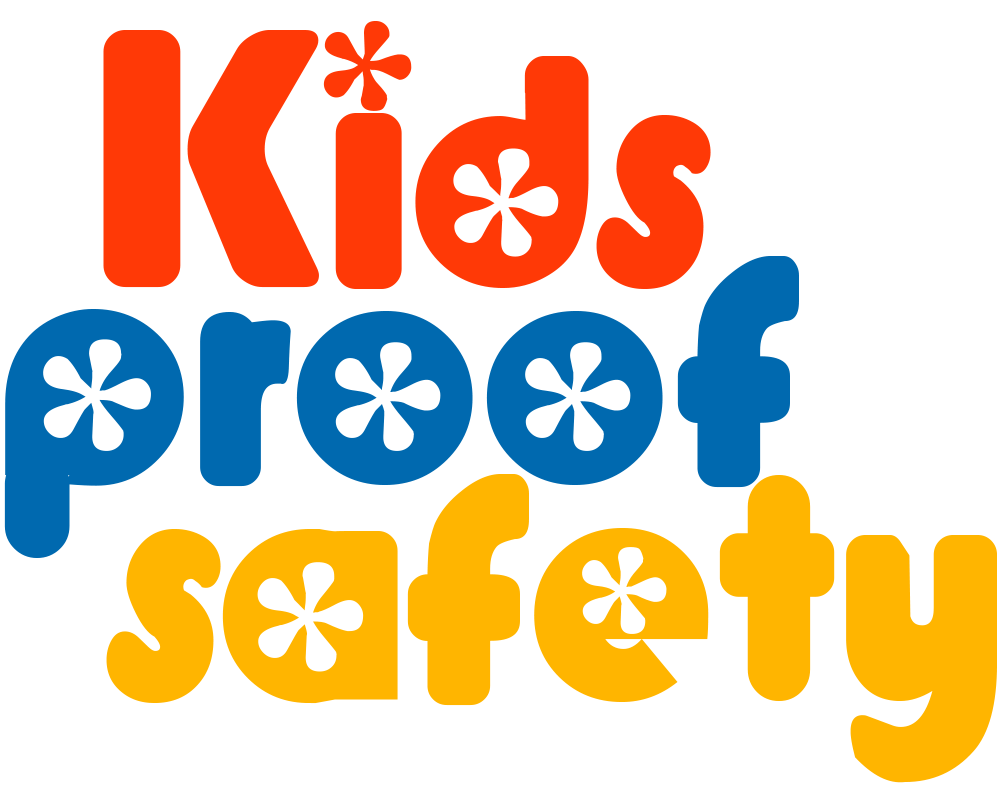The Ultimate Guide to Internet Safety for Children: Protecting Young Minds Online
In today’s digital era, the internet has become an integral part of children’s lives, offering vast opportunities for learning, entertainment, and connection. However, with these advantages come inherent risks, making it crucial for parents and guardians to prioritize internet safety for children. This comprehensive guide delves into essential strategies and practices to ensure a safe and secure online environment for young users.
Understanding the Risks
The internet presents a myriad of risks to children, including exposure to inappropriate content, cyberbullying, online predators, and potential privacy breaches. Understanding these risks is the first step in implementing effective safety measures.
Importance of Internet Safety Measures
Implementing robust internet safety measures is vital in protecting children from potential dangers online. Educating children about online risks and empowering them with strategies to navigate the internet safely is key to safeguarding their online experiences.
Strategies for Ensuring Internet Safety
Education and Communication
Open and honest communication is essential. Educate children about online risks, responsible internet usage, and the importance of seeking help when encountering anything uncomfortable or suspicious online.
Parental Controls and Monitoring
Utilize parental control tools and software available on devices to regulate and monitor children’s online activities. Set age-appropriate restrictions and supervise their usage.
Establishing Ground Rules
Set clear guidelines for internet use, including time limits, approved websites, and social media usage. Encourage open conversations about online experiences regularly.
Privacy and Security Measures
Teach children about the importance of safeguarding personal information and the risks associated with sharing details online. Encourage them to use strong passwords and avoid sharing sensitive information.
Identifying and Reporting Suspicious Behavior
Teach children how to identify potentially harmful or suspicious behavior online. Encourage them to report such instances to a trusted adult immediately.
Cyberbullying Awareness and Response
Discuss cyberbullying with children, emphasizing the importance of not engaging and reporting any incidents. Empower them to confide in a trusted adult if they experience or witness cyberbullying.
Conclusion
Internet safety for children is an ongoing conversation and practice. Implementing a combination of education, communication, supervision, and awareness is crucial in ensuring a secure online experience for young users.
Ensuring the safety of children online is a shared responsibility. By employing these strategies and maintaining open communication, parents and guardians can create a safer and more secure online environment for their children.

